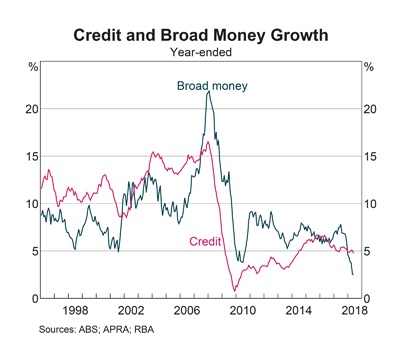Average hourly wage rates are rising, with Production & Non-Supervisory Employees growing at an annual rate of 3.20% and All Employees at 3.14%.

This is a clear warning to the Fed that underlying inflationary pressures are rising. There is Buckley’s chance* that they will ease off on rate hikes.
The Fed adopts a restrictive stance whenever hourly wage rate growth exceeds 3%, illustrated below by a high or rising Fed Funds Rate.

The market is adopting a wait-and-see attitude ahead of Tuesday’s mid-term elections. Stocks like Apple (AAPL) have been sold down on strong volume despite good earnings results: earnings per share of $2.91 and revenue of $62.9 billion for Q4-18, compared to consensus estimates of $2.79 and $61.5 billion.

Optimism over a possible trade deal with China may not last the week.
A harami-like candle on the S&P 500 reflects indecision, while bearish divergence on Twiggs Money Flow warns of long-term selling pressure. Breach of 2550 is still unlikely but would warn of a primary down-trend.

The Nasdaq 100 tells a similar story, with primary support at 6300.

* William Buckley was an English convict transported to Australia. He escaped when the ships laid anchor in Port Phillip Bay in 1803. The nearest permanent settlement, Sydney, was more than 1000 km away and, considered to have no chance of survival, he was given up for dead. Thirty-two years later, having lived among the Wathaurung Aboriginal people, he emerged from the bush when a settlement was established at Port Phillip in 1835. “Buckley’s chance” is an Australian colloquialism meaning having no chance at all.













































